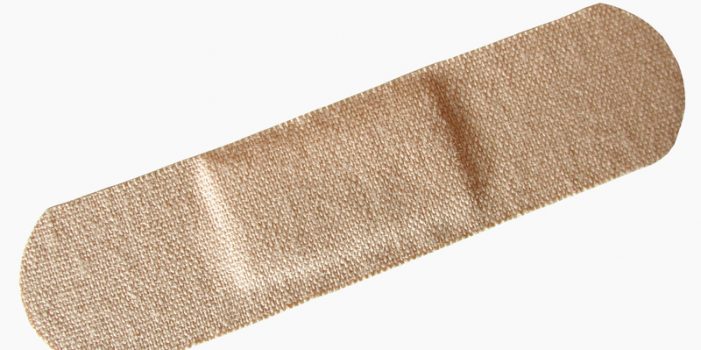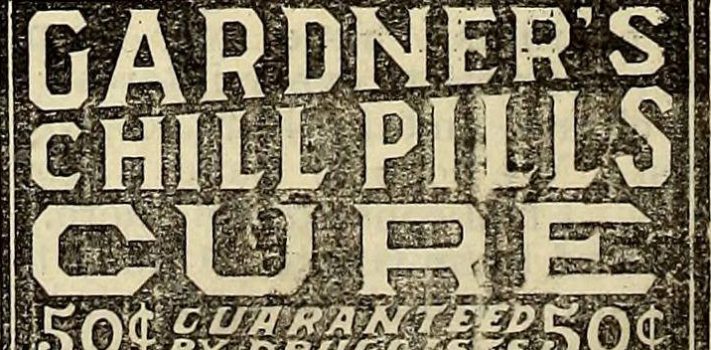Letter Re: Gentian Blue — An Old School Antibiotic
JWR: Another great use for Gentian Violet is non-surgical treatment of onychocryptosis, the twenty-five cent word for ingrown toenails. I discovered this old treatment one bored night on Emergency Room call at an Indian reservation hospital, flipping through some hundred year old surgical textbook. Just paint the nail folds and nail liberally. If antibiotics available, and they weren’t when the book was written, I usually use some erythromycin. The Gentian Violet desiccates the nail fold and toughens it, treating the ingrown nail. While it’s not a 100% cure, it works well enough I still use it in my practice. I tell the patient to return when the Gentian Violet has worn off. Rarely do they need further treatment. – Dr. John in Arizona…





